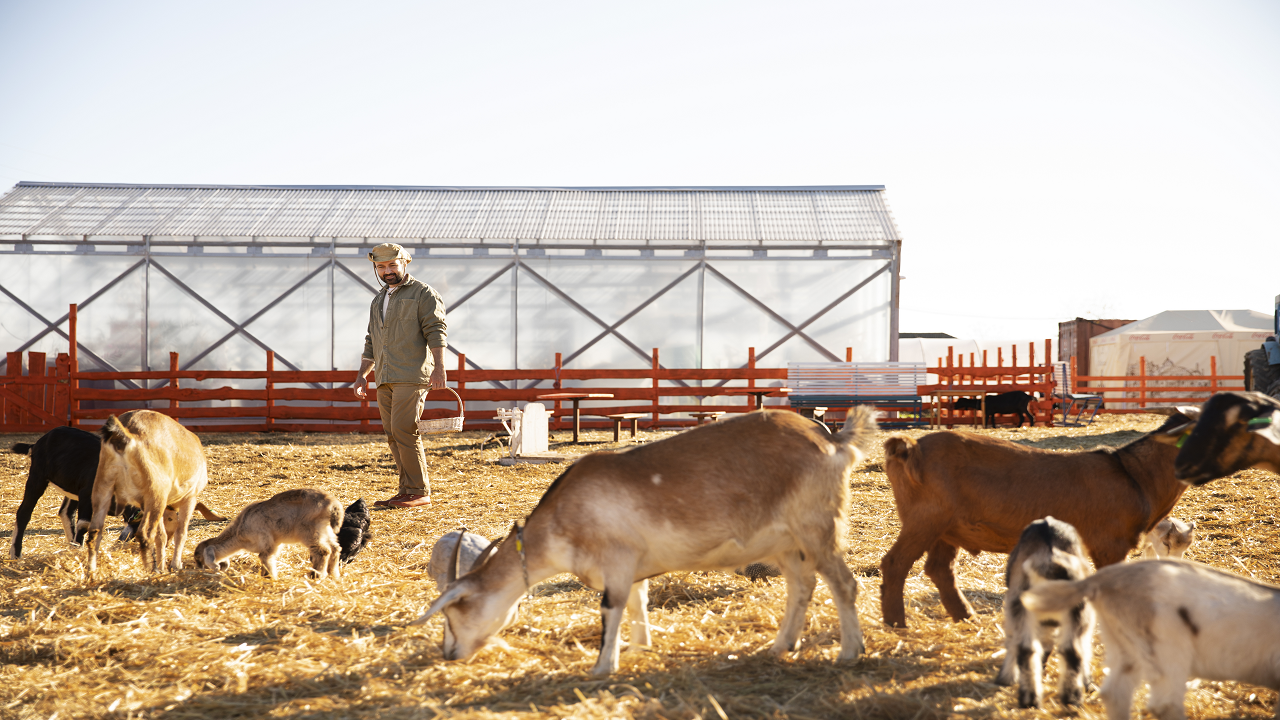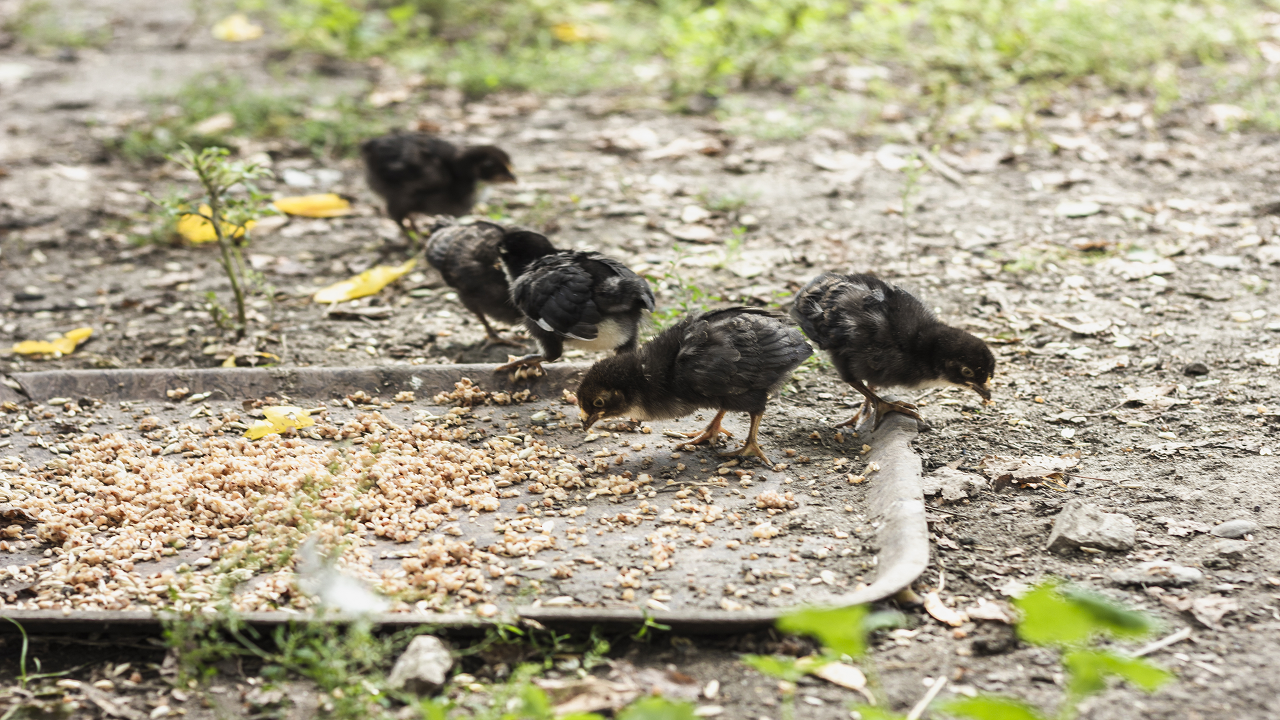
Currently, there's a roaring appetite for livestock farming, and the star of the show is undeniably meat. But before we dive headfirst into this meaty phenomenon, let's take a moment to unravel the captivating world of livestock farming. You see, it's not just about succulent steaks and juicy burgers; it's a fascinating tapestry of providing a crucial source of animal protein for us humans. Yet, that's not all – this bustling business also yields treasures beyond the dinner table: think skin, bones, and the cozy comfort of wool. So, isn't it time we peek behind the barn door and explore this multi-faceted world of livestock farming?
Understand The Term “Livestock Farming”
Livestock farming involves the art of nurturing and taming animals, from which farmers harvest a bounty of valuable resources such as meat, skin, wool, milk, and more. It's a lucrative avenue of income for those who embrace it. To assist you on your journey, we've curated a list of the top 10 innovative Livestock Farming Business Ideas.
Profitable Livestock Farming Business Ideas 2023
Here is a compilation of the 10 best livestock farming business concepts and various approaches to livestock rearing that can help you generate income.
1. Dairy Farming
Dairy farming is a leading livestock venture with an annual milk production of 78 million tons. To succeed in this field, it's crucial to have a solid business plan, care protocols, waste management, financial planning, and marketing strategies. Starting small and expanding gradually can boost confidence. Dairy farming yields milk, meat, leather, and organic fertilizer from manure, making it a promising and profitable choice in the livestock industry.
2. Sheep Farming
Sheep play a crucial role in the rural economy, especially in arid, semi-arid, and mountainous regions, as they provide meat, milk, wool, skins, and compost. They are a consistent source of income for shepherds, primarily through wool sales. In 2012, the country had 65.069 million sheep, ranking it sixth globally. Sheep contribute significantly to agriculture and the processed food industry, making up 8% of the total commodity value. Additionally, the export of sheepskin as leather and leather products adds to their economic importance, benefiting economically disadvantaged communities.
3. Fish Farming
Fish farming, also called pisciculture, involves breeding fish for consumption, typically in controlled environments like ponds or tanks. It's a type of hydroponics that cultivates aquatic creatures like fish, shellfish, and molluscs in controlled settings. Commonly farmed fish species include carp, catfish, salmon, and tilapia. Aquaculture accounted for over half of global fish production in 2016, and hydroponics has driven its growth, with an average annual growth rate of 5.3% from 2000 to 2018, reaching 82.1 million tons in 2018. This makes it a promising small-scale livestock farming business idea.

4. Poultry Farming
Poultry farming involves raising birds like chickens, ducks, turkeys, and geese to produce meat or eggs for human consumption. Its origins trace back to the agricultural era, and chickens, in particular, are raised on a large scale. Each year, over 60 billion chickens are slaughtered for their meat, with those raised for eggs known as layers and those for meat referred to as broilers. India stands as the world's second-largest poultry market, with a domestic production of 63 billion eggs and 649 million poultry meat.
5. Pig Farming
Pig farming in India is a cost-effective agricultural venture, with pigs known for their resilience and suitability for harsh conditions. They are primarily raised for their skin and meat products like bacon, ham, and gammon. Organic pig farming, an environmentally conscious approach, focuses on providing optimal conditions for pigs, emphasizing animal welfare, nutrition, sustainability, and top-quality product production. This has led to a growing market for organic pig feed as farmers aim to raise exceptionally healthy pigs.
6. Duck Farming
Duck farming is a popular and profitable business due to the variety of unique duck breeds worldwide. Ducks can be raised for meat and eggs without the need for water, similar to chickens. Indoor duck farming can be highly productive, making it a lucrative livestock venture. However, it's crucial to have male ducks and water to obtain fertile eggs, as water is necessary for duck reproduction and mating. Without water, ducks will lay unfertilized eggs that cannot hatch into ducklings.
7. Prawn Farming
Prawn farming is a type of aquaculture aimed at cultivating freshwater prawns or shrimp for human consumption. It faces similar challenges to marine shrimp farming due to the unique life cycle of the main species involved. This is a highly profitable livestock venture. In 2003, global prawn production reached about 280,000 tons, with China as the leading producer at around 180,000 tons, followed by India and Thailand, each producing about 35,000 tons. China also produced about 370,000 tons of Chinese steamed crab.
9. Crab Farming
Crab farming is gaining popularity in India, particularly in Andhra Pradesh, Kerala, Tamil Nadu, and Karnataka. This expansion is due to the high demand for crabs in the market, making it a lucrative livestock business. The advantages of crab farming include low labor costs, reasonable production expenses, and fast crab growth. Additionally, it is positively impacting the livelihoods of people in coastal areas and can yield higher profits compared to shrimp farming when managed properly.
10. Quail Farming
Raising quails is straightforward and as profitable as raising chickens, turkeys, or ducks. You have the option to raise them for their meat, eggs, or both. In this guide, we cover everything you need to know to start a profitable small-scale farm and develop a business plan from scratch. Quail farming ranks as one of the most profitable livestock farming businesses in India.

Importance of Livestock Farming and Impact on Economy
Livestock plays a crucial role in the Indian economy, supporting approximately 20.5 million individuals as their primary source of livelihood. Livestock contributes significantly to the income of smallholder farming families, accounting for 16% compared to the rural average of 14%. Livestock provides employment for two-thirds of rural farmers and approximately 8.8% of the total population in India. India boasts abundant livestock resources, with the livestock sector contributing 4.11% to the GDP and 25.6% to the overall Agriculture GDP.
If you're considering starting a profitable livestock business and are wondering which livestock is the most lucrative, you've come to the right place. You can begin farming in any available vacant areas or even rent space for farming purposes if you don't have suitable land.
Choose livestock that has high demand in the market, as animals are a primary means of converting natural resources into protein products for human consumption. Anyone can start small-scale livestock farming in their backyard, but large-scale commercial farming generally yields higher profits. Even small-scale commercial farming is a viable option. To begin, it's essential to develop a comprehensive business plan. You should understand the associated costs and calculate the breakeven point to ensure a successful venture.

















